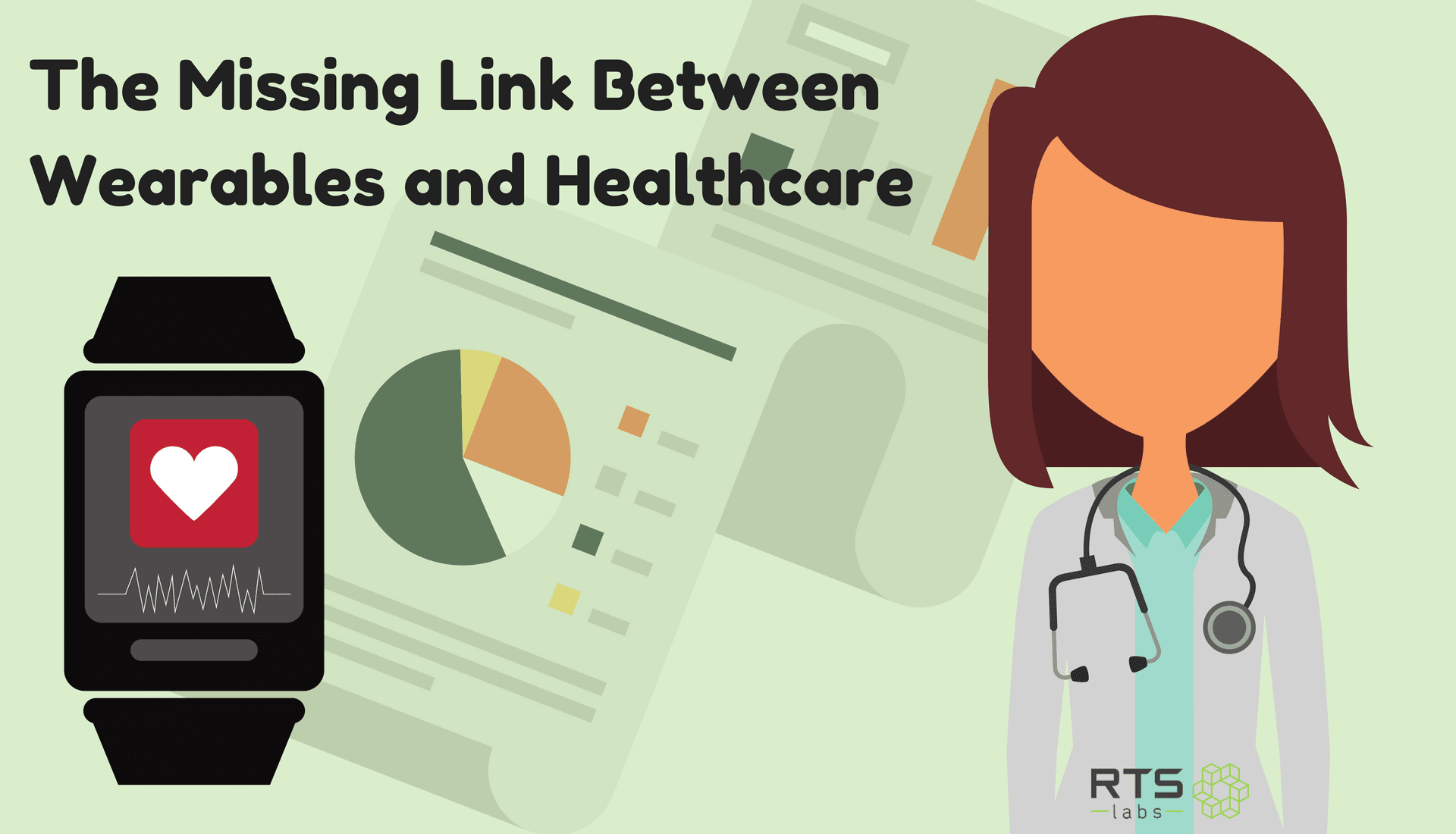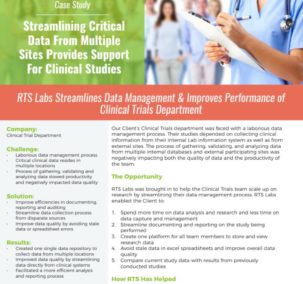Wearables Data Can’t Improve Healthcare until We Solve This Missing Link

You wake up in the morning, lace up your shoes, and start your running app or watch before you hit your stride …
Head to lunch, order the special, launch your calorie tracker to record how many calories you’re about to ingest …
Starting your monthly cycle? You record that in your fertility tracker or reproductive health app …
You go to the gym, strap on your heart monitor and get to work tracking your maximum heart rate to gauge your progress …
How many steps did you take today? Let’s check that app …
Time to hit the hay? Your smart bed has you covered as it tracks your sleep patterns and reports back.
Are you seeing a pattern here? Biometric and activity tracking have taken the health-conscious world by storm with the hope that we can get healthier, prevent illness or catch something we may have otherwise overlooked.
The wearables market skyrocketed in 2017 and continues to grow. According to Statista, there are nearly 4,800 health apps just in the Apple App store. Despite the popularity of wearables and health apps, we’re not living in an episode of Black Mirror (which, if you haven’t seen it yet, is a series that deals with the unintended consequences of technology on humanity in clever, thought-provoking ways – think of a modern Twilight Zone). A world in which your physician can monitor all your health data to proactively treat you – or analyze the data you’ve been collecting to gain insights into your body’s inner workings – just doesn’t exist.
Seems like it should right? I mean, we are living in the future. Here’s the deal. There’s a missing link between the data you’ve been collecting and the physicians who treat you. They simply can’t use your data. Here’s why.
Data overload
Think about all those inputs we listed earlier: heart rate, activity logs, caloric intake, sleep data, reproductive data … that’s a lot of data to compile in a 20-30 minute doctor’s appointment. Unless your physician is a superhuman robot doctor, there’s just no way for her or him to analyze or even make sense of it all at once.
First of all, physicians aren’t wired that way. They build relationships with patients, they read other physicians notes, they look at your health and family history, and they work through problems person to person. They are problem solvers, not number crunchers.
Data overload is a real thing. When you’re collecting massive amounts of it, it can be hard to sift through the noise to gather any real insights. You need the right software and configuration for it to be successful.
Bottom line: Your doctor is not a data scientist nor a machine learning algorithm. Sure, taking a look at the activity and food logs on your smartphone can give your physician an idea of your overall health, but in no way, shape or form could she diagnose anything beyond that.
Businesses have to use machine learning and business intelligence tools to analyze multiple data sets in order to draw insights and make decisions. The same goes for healthcare. If we’re going to make any sense of patient data, there needs to be a tool for processing it.
Bad data
In the data science world, it’s extremely important to ensure that the data being analyzed has been properly cared for. It needs to be collected, cleaned, and formatted properly.
Did you remember to start your health app each day? Did you turn your smart bed on that night you fell asleep watching tv? Did you calibrate your smart watch? Did you quit tracking your calories? When human error comes into play, so does bad data.
There are also device flaws to consider. Medical devices are regulated by the FDA, but consumer devices are not held to the same standard. A lot of consumer devices haven’t been tested to meet clinical standards, which means there’s potential for the device to be inaccurate.
The missing piece
The missing piece between your personal data and your physician is artificial intelligence (AI) and machine learning. There needs to be a tool that can pull in data – and by that, we mean reliable data – from multiple sources. Then, that tool has to analyze the data and present it in a way that makes sense to your physician. Just like we do in business with business intelligence tools and programs.
What devices and metrics are useful? What data is superfluous? You can’t just start collecting ALL the data without knowing what problem you’re trying to solve. Algorithms need to be built to catch chronic diseases early on or to figure out what metrics are warning signs for certain illnesses – not the other way around.
It’s not an easy task but it’s being done in some areas of medicine. For example, Intel did a Parkinson’s Disease study using wearables data to detect patterns and learn about the progression of the disease.
With the right tools and the right data, wearables could change the way medicine is practiced. Through remote patient monitoring, physicians could intervene before a patient with cancer, diabetes, heart disease, or depression gets sicker. Activity tracking and gamification with wearables could increase patient engagement and improve lifestyle habits overall (thus, preventing chronic diseases, such as diabetes and heart disease). Chronic disease sufferers could manage their conditions more effectively.
All of this leads to a healthier population overall, plus other benefits, such as lower readmission rates at hospitals and lower healthcare costs overall. But we can’t enjoy these benefits until we find the missing link.
Researchers have actually worked with RTS Labs to get help in this space before. Learn how we streamlined the process of gathering, validating, and analyzing data from multiple databases and external participating sites so our client could scale their research without having to scale their resources.
It’s all here in this free whitepaper about how to manage your data and improve your performance – a case study about streamlining critical data from multiple sources.
